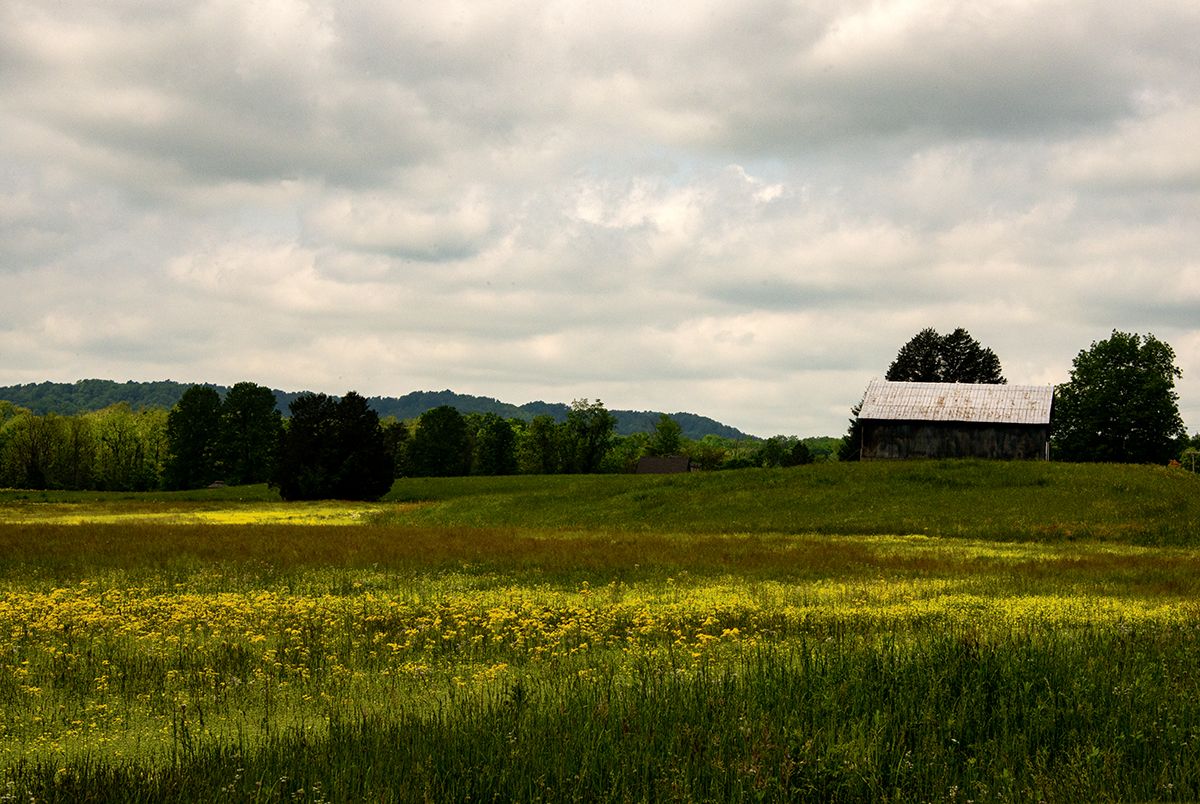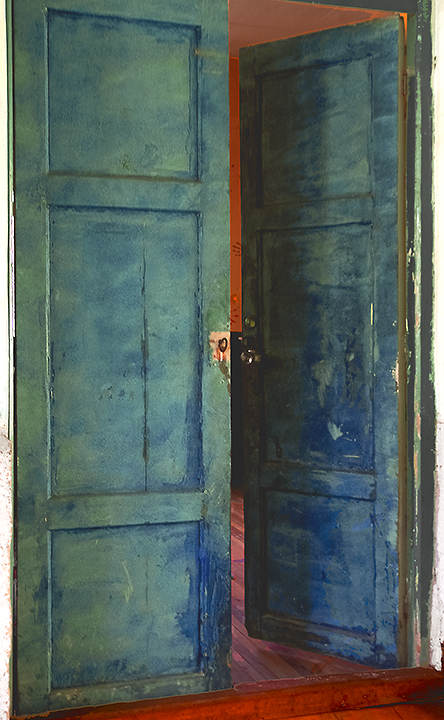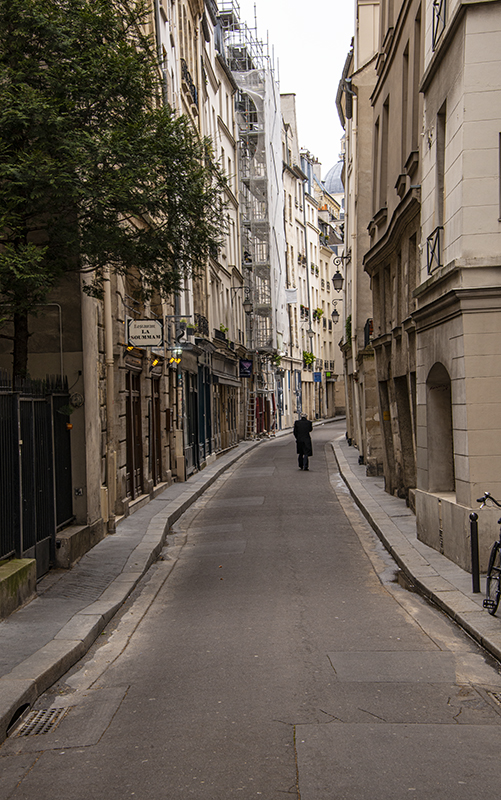
“First View”
Geoff Baker, Artist
September 18, 2024
This week I began a review of past photographs of Schweitzer Marsh in contemplation of a new book of stories and images dedicated exclusively to this wetland in Aurora, Ohio. As some of you already know, the Wheeling & Lake Erie Railway illegally drained the area in December of 2021. The many generous letters of support imploring the railroad’s senior management to reverse their actions unfortunately has generated no response other than their disavowal of liability. The cost of litigation and the generally feckless actions to date from relevant state and Federal agencies and conservancies have weighed against the potential remediation and restoration of the marsh.
The book I envision is conceived neither with the intention nor expectation it will be any more persuasive or inciteful to change than the collective efforts already undertaken. Instead, it will be intended as homage from a friend, a lifelong beneficiary of what this consecrated place has taught me.
This wetland and the adjacent forests have been the locus for much of my own life. As I assemble images and short narratives, I’ll post them here for those who may be interested. To begin, the photograph above, “First View,” was an image featured in my exhibit at the Butler Institute in 2011, but regrettably not one I’ve really explored adequately until this evening. Hopefully the image and following commentary will convey some of the mystery and awe that sadly no longer exist.
“First View” Wednesday, March 31, 2010
The far reaches of Schweitzer Marsh are elusive, the only access a knee-deep wade through the shallows along the northern bank, then east 100 yards to a barrier of rush and reed that opens to the view pictured below. No evidence of life this last morning of March, the water flat as the thin skin of ice before the night’s thaw. Pickerel weed and water lily, dormant beneath the surface, yet to awaken to the new season. Even the small egg masses of spring peepers, normally suspended in a liminal state beneath the water were missing. Within a few weeks the chorus of redwing blackbirds and waterfowl would fill this outdoor cathedral of trees ringing the banks.
No sound, not even the subtle lapping of water against the banks, only the air of benign silence. I entered the water before daybreak, wading tentatively as the sun rose low and opacious on the horizon, its dark waters, still and lucid, reflecting the world above. Contributing to a natural cathedral of otherworldliness, this light fog and low temperatures had returned to northeast Ohio creating a crepuscular haze that rose into lucence high overhead .
A day earlier a warm front thawed all but a thin layer of ice that had bound the banks to muskrat lodges, cattails and hillocks of sedge rising above the water. The last membrane of ice had dissolved into fog late that night. In the distance, appearing as a giant fairy ring, stands a copse of long dead pin oaks, animated and haunting, their reflections plumbing the shallow waters.
And somewhere beyond, a profound sense of solitude was captured in the words of poet May Sarton who wrote, “Loneliness is the poverty of self; solitude is richness of self.”







